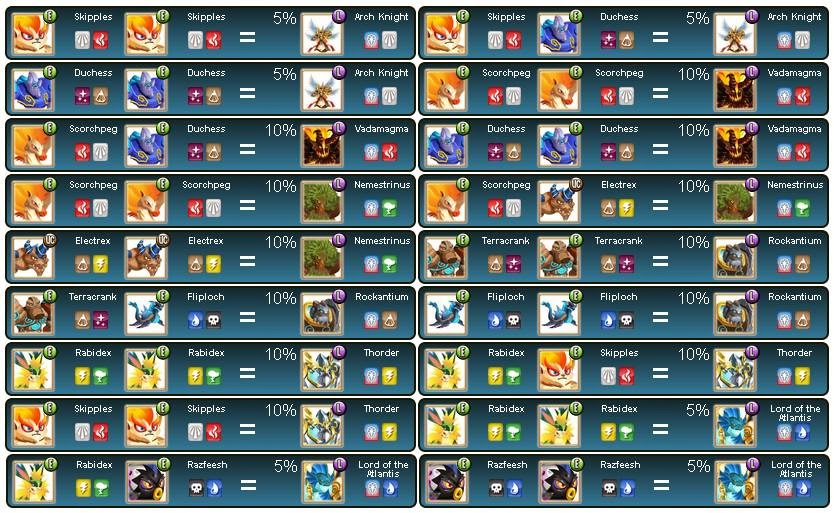
Loveland, Ohio, has multiple sightings recorded of an unusual reptile, which has become known as the Loveland Frog.

Altogether, this useful tale is told to keep young girls from flirting with strange men. El Cipito pursues pretty girls and torments them if they reject his advances. A similar legend in El Salvador is called Cipitio, who is a short boy with backward feet, and, of course, a big hat. The legend casts him as a general bogeyman of Mexico.

A similar goblin is also called Tzizimite, and other names depending on the local language. Fed up, the parents cut the girl’s hair and had it blessed by a priest – naturally, this caused the goblin to stop bothering her, either because of the holy water or because he didn’t like chicks with pixie cuts.Įl Sombrerón has a habit of braiding the hair on horses and dogs when no one is around. The man in the hat returned and serenaded her each night, making it impossible for her to sleep, and whenever her parents would try to feed her, she’d find the food contaminated with dirt.

Worried and upset that their daughter was outside so late, Susana’s parents forced her to come inside. The legend goes that a young girl named Susana in La Recolección – yeah, she had pretty hair and big ol’ peepers (that means eyes) – was admiring the moon and stars from her balcony one night when she was approached and serenaded by a man in a big hat. The legend in Guatemala tells of him always wearing a black hat, while he victimizes young women. He is short and wears a thick belt and heavy boots. HodagĮl Sombrerón is the man with the big hat. The tale is also told along other rivers of the Southwest, and is used to scare children away from the dark, dangerous waters. Now called La Llorana, she attacks those who venture to the river at night, looking to kill people in her grief. Her ghost came back and continued the vigil, wailing and screaming in the night. Maria walked the riverside in her white gown, crying for her sons, until she died of starvation on the river bank. Either way, she was responsible for their deaths, and could not bear the guilt. In another version of the story, the children died while Maria was away cavorting with other men. He even preferred the company of his sons over her, which drove her to a jealous rage one night and she threw the two boys in the Santa Fe River and they drowned. But the handsome husband grew bored and turned to other women and ignored Maria. They were happy together for a time, and she bore two sons.

She rejected most of her suitors, and married the most handsome young ranchero around. La Llorona means "the weeping woman." This legendary ghost of New Mexico was once a beautiful woman named Maria.


 0 kommentar(er)
0 kommentar(er)
